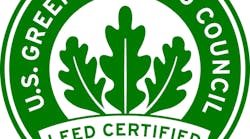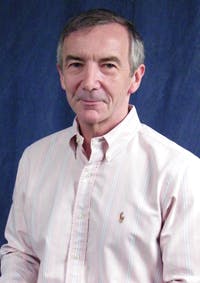Disillusionment with feel-good approaches has even begun to extend to LEED (Leadership in Energy and Environment Design) certification for “green” buildings. Critics say one problem with LEED specifications is that they can reward the use of expensive add-ons, such as solar panels, while undervaluing low-tech practices that may be more effective.
Consider the case of the first building certified LEED Platinum, the highest green rating: the Philip Merrill Environmental Center. The irony, critics point out, is that the building’s primary occupant, the Chesapeake Bay Foundation, formerly had headquarters that were probably much greener than the opulent Center building. The old building was greener simply because it sat in the city and didn’t force employees to drive out into the suburbs.
UC-Berkeley visiting scholar Ozzie Zehner summarizes the dissatisfaction with LEED this way: “A growing number of architects, developers, and builders view LEED certification as nothing more than a fancy game of bull s___ bingo where any truly green outcomes arise merely from chance.”
Auden Schendler and the late Randy Udall, who both worked on the original LEED spec, seem to agree. Years ago, they complained that the certification doesn’t distinguish between degrees of “greenness.” The two relate the experience of one builder who got a single LEED point for installing a $395 bike rack. This was the same number points he received for spending an extra $1,300,000 on a heat-recovery system projected to save about $500,000 in energy costs annually.
Schendler and Udall were also involved in their own LEED horror story. They installed a variable-speed fan drive in the vent of a golf clubhouse they designed after their modeling suggested it would save money and eliminate tens of thousands of pounds of greenhouse gases. But none of this mattered as far as LEED was concerned because the building had already maxed out its LEED innovation credits.
And some of the greenest houses wouldn’t be able to get any kind of LEED rating. UC-Berkeley’s Zehner says the most energy-efficient homes populate older, mixed-use downtown neighborhoods. They occupy small lots, close to shops and public transit. They aren’t superlarge so they don’t use a lot of construction materials and don’t cost much to heat or cool. They also have windows with adjustable shades, are adequately insulated, and use energy-efficient appliances. In short, they look unremarkable.
The lesson: It might feel good to install solar panels on your roof, but you might be greener just planting shade trees instead.

